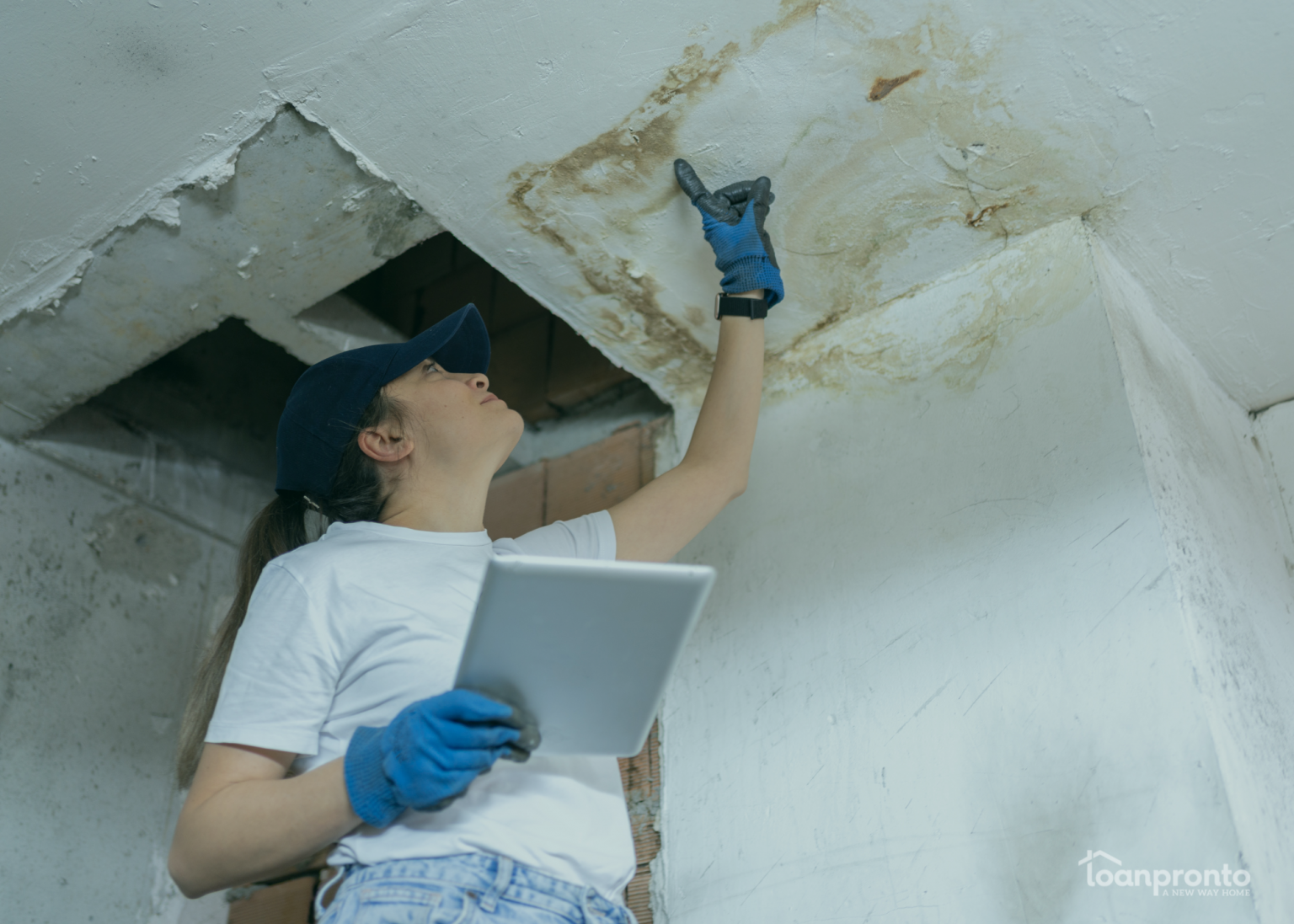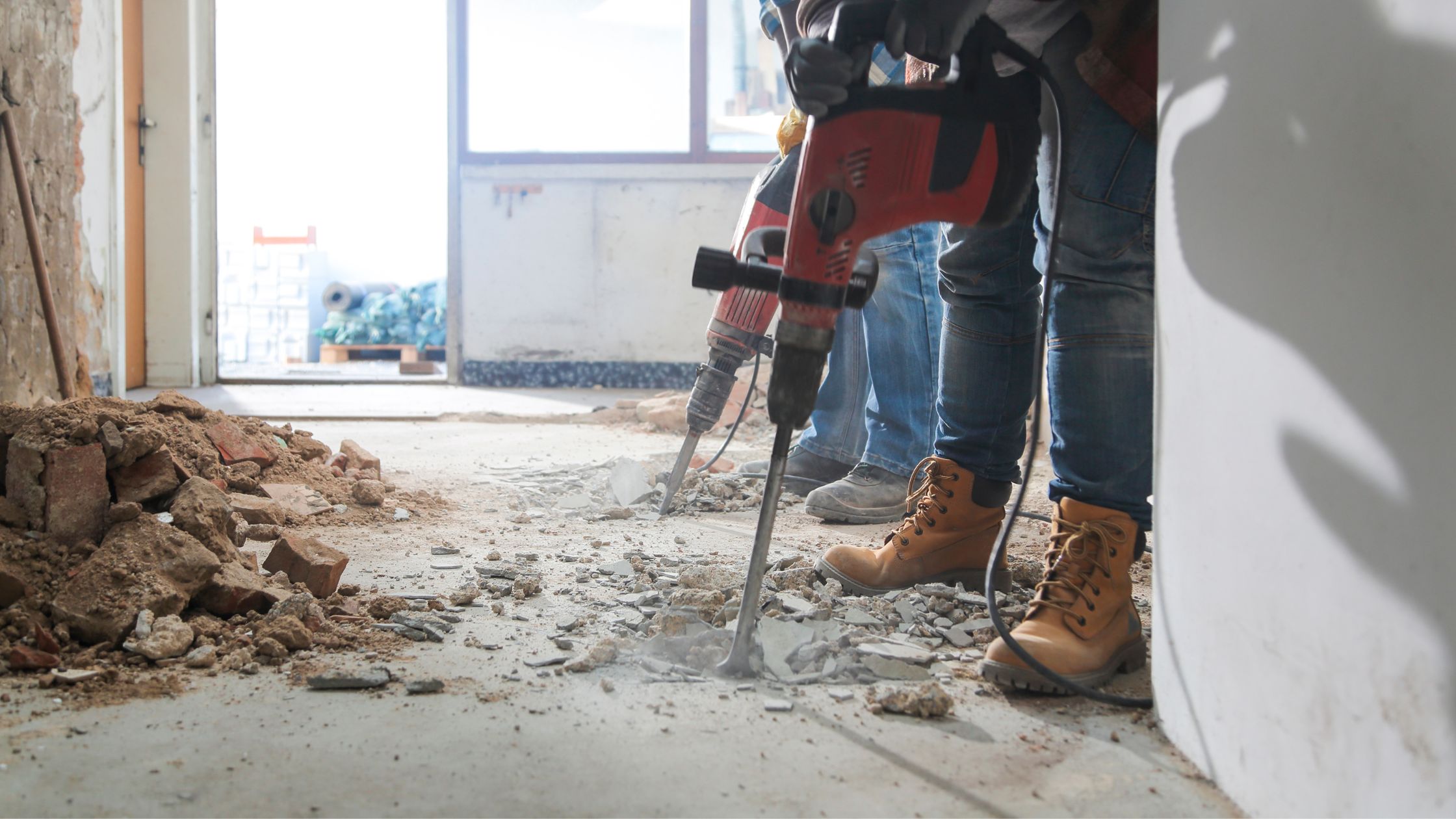Key Takeaways
-
Structural issues like foundation cracks or sloped floors can be costly and may prevent mortgage approval.
-
Water damage and mold often signal leaks and can pose health risks or financing problems.
-
Outdated systems, including plumbing and electrical, may require major repairs and can be safety hazards.
-
Neighborhood conditions and HOA restrictions affect long-term value and should be reviewed before making an offer.
Buying a home is a significant milestone, but it’s crucial to be aware of potential pitfalls. Even if a property appears flawless, underlying issues can lead to substantial repair costs or financing challenges. Understanding red flags when buying a home is essential to avoid buyer’s remorse. Whether you’re a first-time homebuyer or a seasoned investor, this guide will help you identify common home inspection red flags that could transform your dream home into a costly endeavor.
Structural Issues
Structural problems rank among the most severe red flags when buying a home. Indicators such as foundation cracks, sloping floors, or misaligned doors may suggest foundational damage or compromised load-bearing walls. These issues not only incur high repair costs but can also hinder mortgage approvals, as lenders often reject structurally unsound homes.
Water Damage and Mold
Moisture poses a significant threat when considering red flags when buying a home. Signs like ceiling stains, mold in corners, or musty odors could indicate leaks from the roof, plumbing, or basement. Addressing mold and water damage can be expensive and may pose health risks. Moreover, extensive water damage can disqualify a property from traditional financing options.
Drainage and Grading Problems
Improper drainage can lead to water accumulation around the foundation, resulting in basement flooding or long-term structural harm. During property visits, observe for pooling water near the home, clogged gutters, or shifting soil. Resolving drainage issues might necessitate yard regrading or installing drainage systems, both of which can be costly.
Outdated Plumbing Systems
Aging or corroded pipes can cause water damage, incur high repair expenses, and pose health concerns if contaminants like lead are present. Look out for discolored water, low pressure, or stains under sinks. If outdated plumbing is among your red flags when buying a home, consult a licensed plumber for a thorough evaluation.
Pest Infestations
Termites, rodents, and other pests can inflict significant damage silently. While general inspections might reveal infestations, a dedicated pest inspection is advisable. Active infestations can deter lenders, especially if they pose health or safety risks.
Electrical System Concerns
Faulty wiring is a fire hazard and a common reason for mortgage denial. Older homes may feature outdated panels or unsafe modifications. Be vigilant for flickering lights, exposed wires, or non-GFCI outlets in wet areas. If concerns arise, engage a licensed electrician for a detailed assessment.
Neighborhood Considerations
Neighborhood issues are among the red flags when buying a home. A home’s appeal can diminish if the surrounding neighborhood has issues. Conduct thorough research by visiting at various times, checking crime rates, evaluating local schools, and noting the presence of abandoned properties or numerous for-sale signs. These factors can influence property value and resale potential.
Homeowners Association (HOA) Factors
If the property is part of an HOA, review its rules and financial health. First-time homebuyers should expect monthly dues, property modification regulations, and any ongoing litigation or financial instability. Some lenders require an HOA questionnaire to assess associated risks before mortgage approval.
DIY Renovation Red Flags
While fresh paint and new fixtures can be enticing, they might conceal subpar craftsmanship. Indicators of DIY issues include uneven flooring, mismatched materials, or gaps in tile work. Request permits for significant changes, as unpermitted work can complicate insurance, financing, or future resale.
Window Efficiency and Condition
Old or damaged windows can escalate heating and cooling costs. Signs like condensation between panes, warped frames, or difficulty operating windows suggest inefficiencies. Replacing windows is a significant expense, so factor this into your budget if necessary.
Summary Table of Common Red Flags
| Issue | Potential Problems | Recommended Action |
| Structural Issues | Foundation cracks, sloping floors | Hire a structural engineer |
| Water Damage | Ceiling stains, mold, musty odors | Conduct thorough inspection, consider mold remediation |
| Drainage Problems | Pooling water, clogged gutters | Assess grading, install drainage systems |
| Outdated Plumbing | Discolored water, low pressure | Consult a licensed plumber |
| Pest Infestations | Termite damage, rodent signs | Schedule a pest inspection |
| Electrical Concerns | Flickering lights, exposed wires | Engage a licensed electrician |
| Neighborhood Issues | High crime rates, abandoned properties | Research area thoroughly |
| HOA Factors | High dues, restrictive rules | Review HOA documents |
| DIY Renovations | Uneven flooring, mismatched materials | Verify permits, assess quality |
| Window Issues | Condensation, warped frames | Evaluate replacement costs |
Bottom Line
First-time homebuyers should approach buying a home with a critical eye. If inspections reveal multiple red flags when buying a home, obtain repair estimates before proceeding. You might negotiate with the seller, reconsider the purchase, or explore renovation loans if still interested. Being informed helps you avoid unexpected costs and make confident decisions.
FAQs About Home Buying Red Flags
No SSN required. Zero impact to credit. Your Information is never sold.



